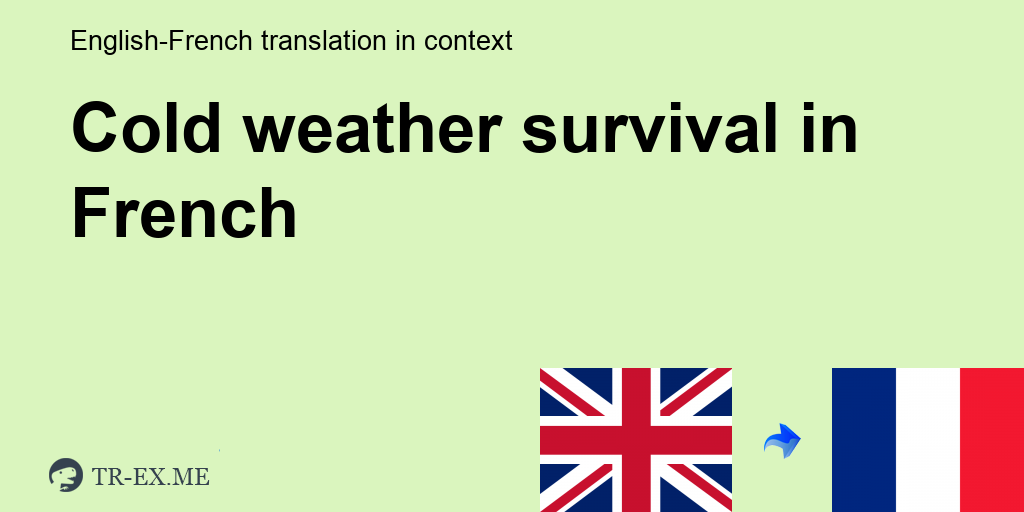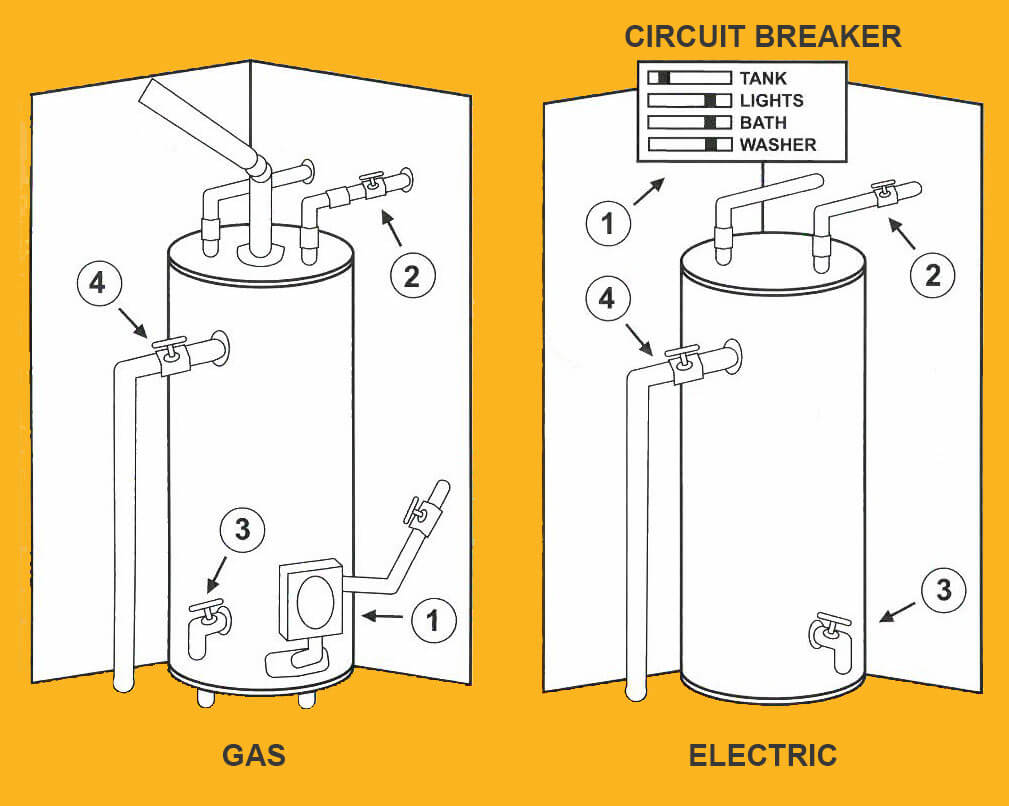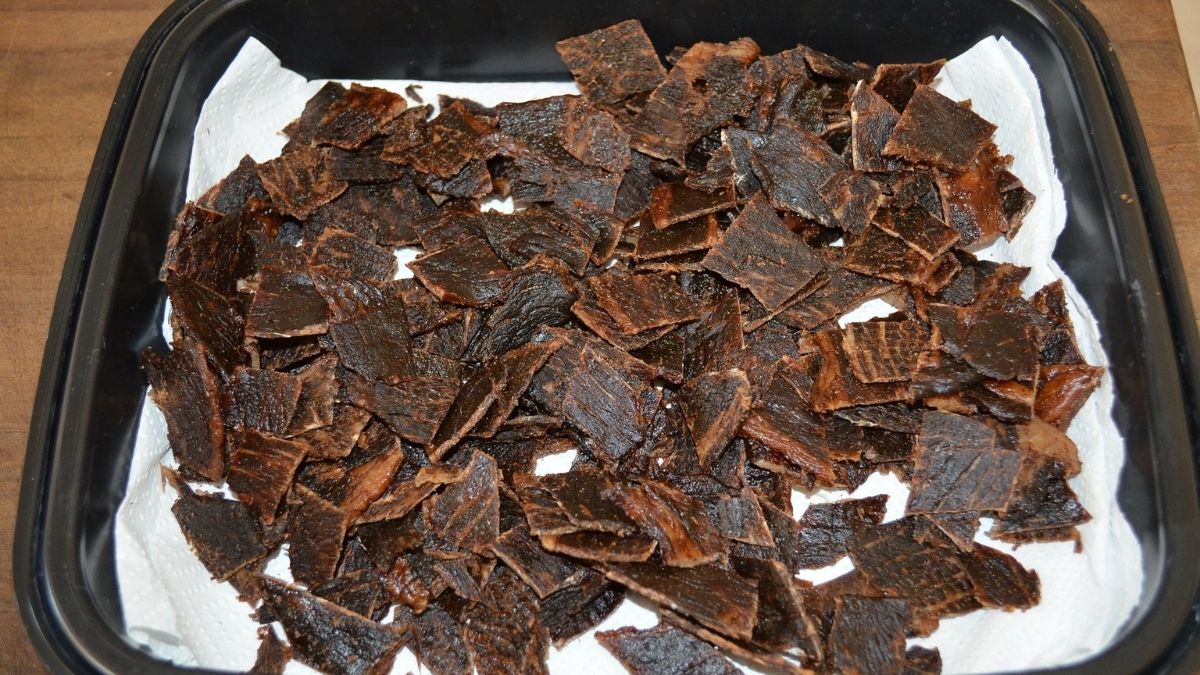
Learn how to fix basic household appliances to help you prepare for disaster. You don't need to be a professional to fix these appliances. There are many DIY options online. You can also save money by learning how to fix small appliances. It's also an excellent way to learn how fix your home. There are many ways to fix appliances at home, no matter if they're broken or malfunctioning.
Before you start your prep journey, think about what disruptions might occur. There are many possible outcomes, including losing your job or facing a nuclear war. This will allow you to determine the events that you should prepare for and how much investment you should make in your supplies. After you have created your list, it will be easy to determine what items you need and how durable they are. Once you know how much you can store, you can start preparing for more complicated situations.

You must decide why you are preparing. Motivation should come from an external threat. But, it is also possible to motivate yourself with common sense and a desire be prepared. You'll be more motivated to make decisions if you have a greater sense of urgency. Once you know what kind of emergency is facing you, decide if you need to begin preparing now or waiting. It is also important to consider your ability for survival on your own.
After you have decided to begin prepping, it's time to prepare for the worst. It's not important to be a "pro", that's just for pros. It's about making sure you have a plan for the worst. When you have a plan, you can start planning. You don’t have to spend a lot of money. It's best to start small and work your way up. Start small and build your way up.
After you have chosen your supplies and created your list, you can start to practice what you have learned. If you can't get to your supplies in time, make a plan for more. If you're a beginner, you'll need to learn how to make your own fire or use a stove. If you are trapped in an area without electricity, it is best to learn to cook and clean up food.

Preparing is the best way for your family to be safe and secure, regardless of whether you are preparing for a natural catastrophe or an economic downturn. It's never too soon to start preparing. There's no better time to get started than today! You will save money if you take your time and prepare. You can create your own plans that are tailored to your budget and specific circumstances. It is important to plan for your particular area.
FAQ
How many Americans hunt with rifles in the US?
According to estimates, around 2,000,000 hunters use rifles for hunting deer, elk, and moose annually.
The majority of these hunters are male, between 18 and 55 years old, and from rural areas.
They hunt in solitude, usually using a crossbow or a bow, and hunt during daylight hours.
Hunters most commonly target whitetail deer (68 percent), followed by mule deer (13 percent) and black bears (10 percent).
While there aren't any national statistics on how many women hunt this sport, evidence indicates that the numbers of female hunters is increasing.
Why is it that the U.S. Department of Agriculture (USDA), only estimates that 1% of hunters kill a deer each year?
The USDA estimates that about 6.5 million Americans hunt deer. Only 2.2 million of these people actually shoot deer.
This means that only about 0.6 percent of all hunters kill a deer each year.
What is the most critical part of hunting wildlife?
How can we achieve this? You must first learn how to accurately shoot. Next, we need to learn how to hit the target. Finally, you must be able to make changes if you fail.
The most important part of hunting is knowing what you're doing. You will never be able to improve if your knowledge is not up-to-date. Even though you might feel that you have improved through better shots, it doesn't mean you will be any better. This is also true for hitting targets. If you don’t understand the reasons you’re missing, it will be difficult to improve. This means that it is essential to understand what your goal is.
This is where knowledge plays a major role. Your ability to hunt is dependent on your knowledge of the animal that you're hunting. It's important to understand all you can about animals when you're outside in the wild. You want to know their habits, their behaviors, and even their personalities. So you can plan your hunts smoothly and efficiently.
Learning from past success stories is a great way to improve your skills. There are many books that can be found on this subject. In addition, there are websites like www.thehuntingzone.com that offer great tips and advice. Finally, you have people who have years and years of experience. They will help you determine what works and what does not.
After you have learned all you can, it is time to put your knowledge into practice. Practice makes perfect. However, you shouldn't just practice until you feel good. Instead, you should practice to become confident. Confidence helps you relax and enjoy the process. Relaxation makes it easier to concentrate on the task at-hand. Concentration allows for you to make the most of every opportunity. Opportunities come only when you're relaxed and focused.
When you're ready to put your new skills to use, it's time to test them. Don't worry if you fail. You can keep improving and practicing. Eventually, you'll find success.
How many Americans depend on hunting?
The United States has more than 300 million hunting dogs. This means that hunters are twice as numerous as those who live in New York City.
Hunting has been a popular American pastime for centuries. But today, fewer Americans hunt for sport than ever before. According to U.S. According to the Fish & Wildlife Service, only 2 percent hunt regularly. That number is even lower among young adults.
But while hunting may seem like a relic of another time, it remains popular among older generations. According to a recent survey, 68 percent of boomers intend to hunt again after they retire. Hunting is an opportunity to reconnect with nature and experience the outdoors.
For younger generations hunting is not necessarily a priority. According to the National Shooting Sports Foundation only 18% of millennials consider themselves avid hunters.
FWS is determined to keep America's wild spaces open to everyone.
The agency launched "Wild Lands", a campaign to raise awareness of public lands across the nation in 2014. It is intended to raise awareness and encourage people visiting these areas to preserve them.
Conservation efforts are also encouraged through the Wild Lands Program. One example is the partnership between FWS and the National Rifle Association to create a youth shooting sports program called Project Gunter. This program helps children learn how to safely handle firearms, as well as safety and marksmanship skills.
Project Gunter has expanded to include women of all races and minorities. The result is that more children learn how to shoot guns, and are active participants in wildlife conservation.
What is the cost of hunting?
Prices for hunting trips vary depending on where they are taken, the species and size of the animals being hunted.
In general, a two-person hunting party will cost between $500-$1,000 per head. This includes lodging and food as well equipment, permits, fuel, and licenses.
There are some areas that charge more than others. Expect to pay more if hunting during peak seasons like the fall turkey season.
Statistics
- Indiana, for example, saw a 28% jump in turkey license sales during the first week of the season. (stacker.com)
- Over the past 50 years, the number of hunting licenses in California has been on a rapid decline, falling 70% from more than 760,000 in the 1970s to under 268,000 in 2020—even as the state's population has skyrocketed, according to The Mercury News. (stacker.com)
- Licenses dropped from a peak of roughly 17 million in the 1980s to 15 million in 2019, according to The Seattle Times. (stacker.com)
- - Percent of residents with paid hunting licenses: 0.7%- (stacker.com)
External Links
How To
How to hunt wild hogs
Large, large wild hogs are found all over North America, Africa Asia, Asia, Europe. Wild hogs are omnivores. They eat plants and small animals like rabbits, mice and birds. They usually feed at night. One piglet is born after the gestation period of approximately six months. A sow has one child every two years. Wild hogs can be solitary, but they may live in herds.
The average weight of a wild boar is 200 pounds (90 kg). Their head length is approximately 10 to 12 inches (30-25 cm), and their bodies range from 20 to 30 in (50-75cm). Wild pigs have short tails, long legs and broad shoulders. A thick layer of fat is found under their skin.
They have excellent senses of smell and hearing. They use these senses to detect danger and find food. They can run up to 35 miles per hour (56 km/h) and jump distances of up to 15 feet (4 m). They are sharp-toothed and have sharp claws. They are very aggressive when protecting themselves from predators.
Hunting wild Hogs can be difficult as they are agile, intelligent, and elusive. Hunting wild hogs is a dangerous business. If hunters shoot too early, the animal may escape. Hunters who shoot too soon can kill the animal before it reaches cover.
There are many types of hunting methods used to kill wild hogs. The most common method of killing wild hogs is to shoot. This requires hunters hunting to find the animal, then waiting until it comes within range. Trapping is another option. The trapping method involves placing traps close to water sources that the hogs can drink. Some traps contain a smell lure, such a corn meal with peanut butter. When the trap is sprung, the hunter shoots the trapped pig.
Snaring is another option. Snaring is a method that uses a noose of rope to catch the pork. The best time to catch a pig is during mating season.
Other options include poisoning or spearing. To stop pigs from breathing, spearing and netting involve putting a spear or net through the neck of the animal. Poisoning is done by injecting the pig with poison.
Hunters who want to hunt wild hogs must be ready for cold temperatures. Hunting in colder areas may require the use of snowshoes. Some hunters carry dogs to help them track the animals.